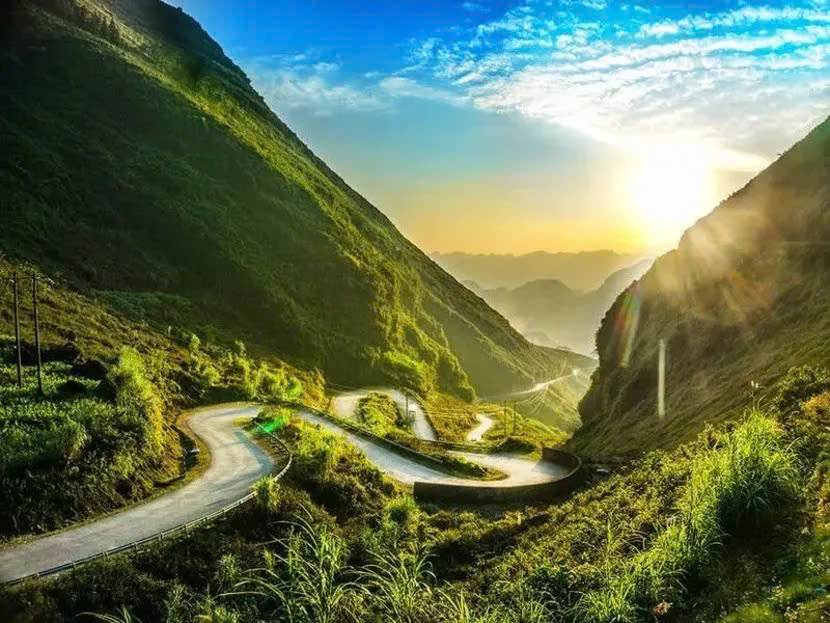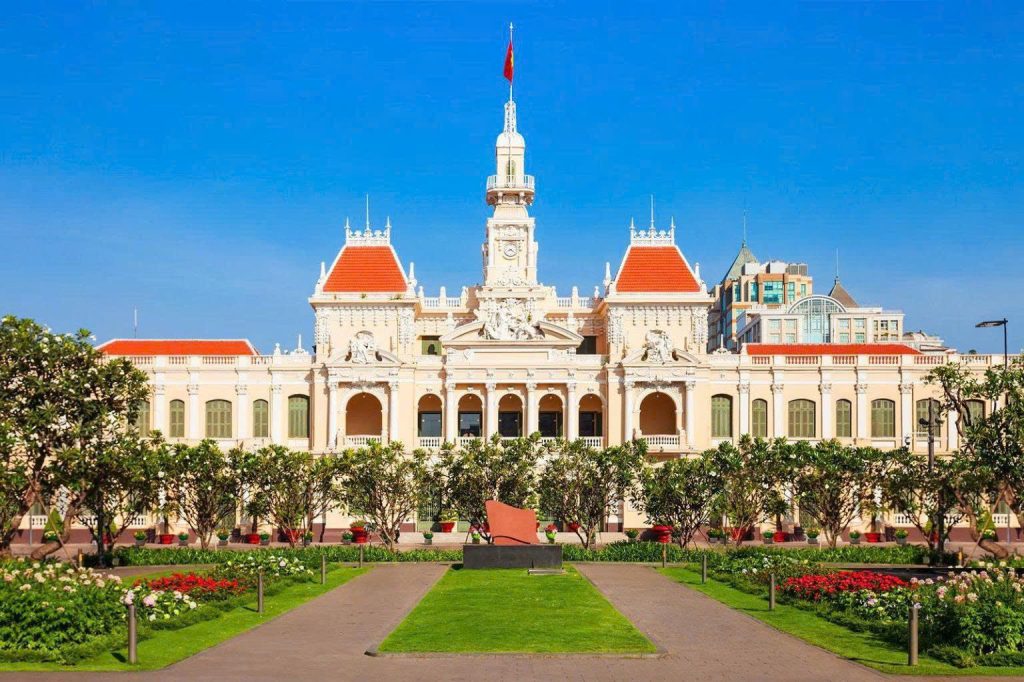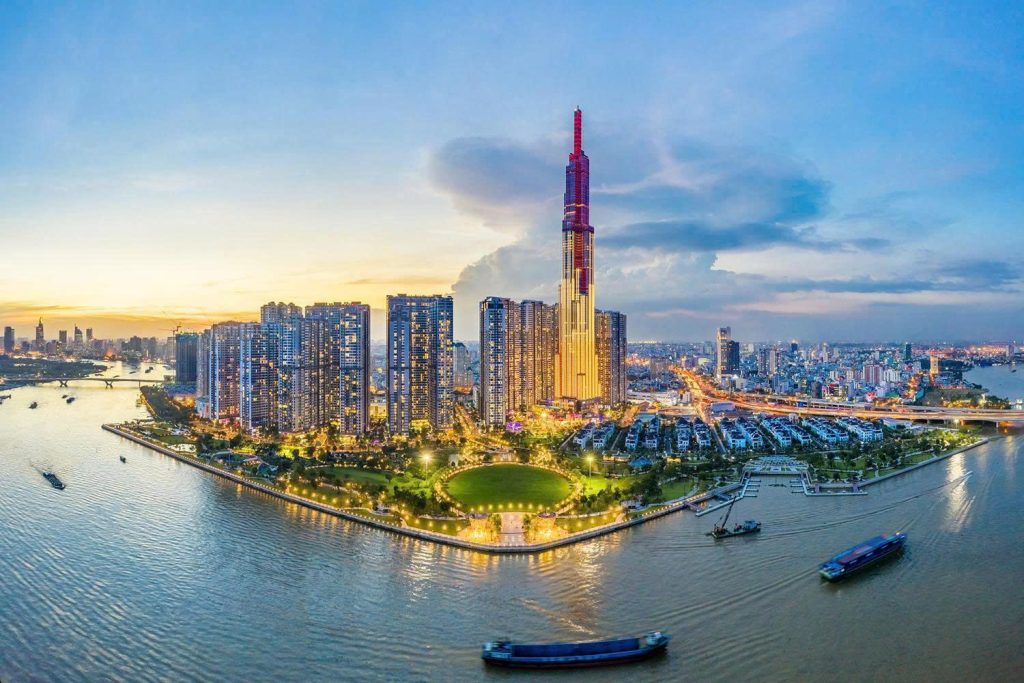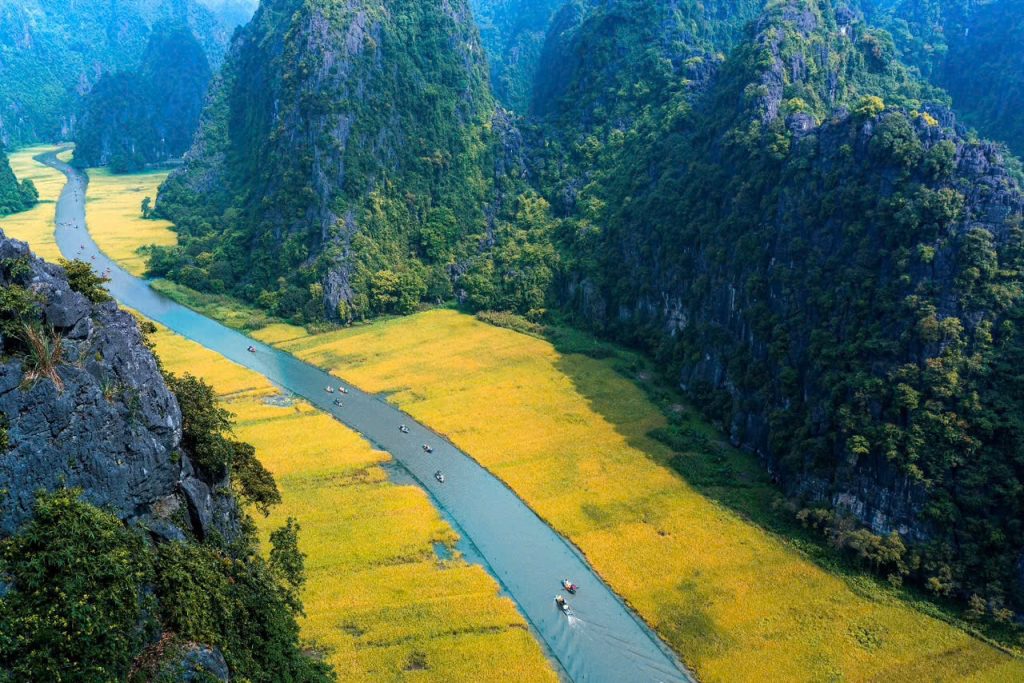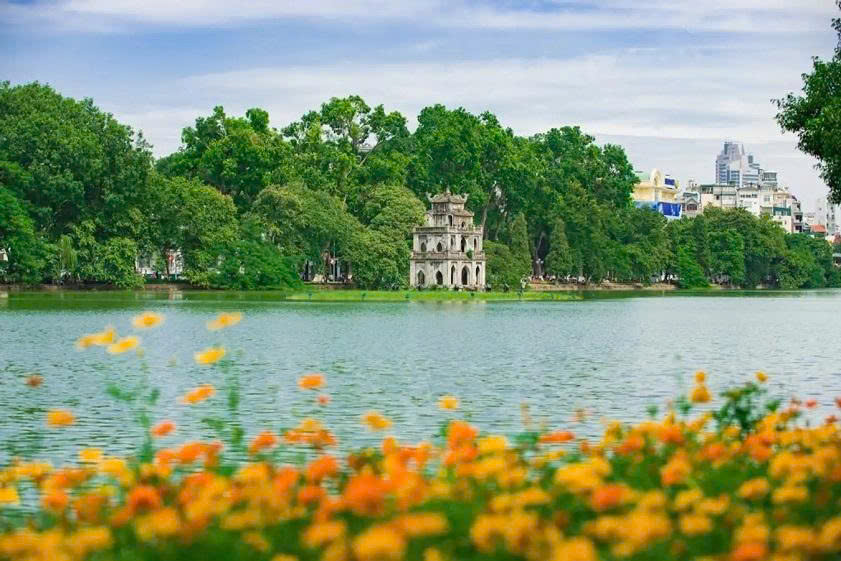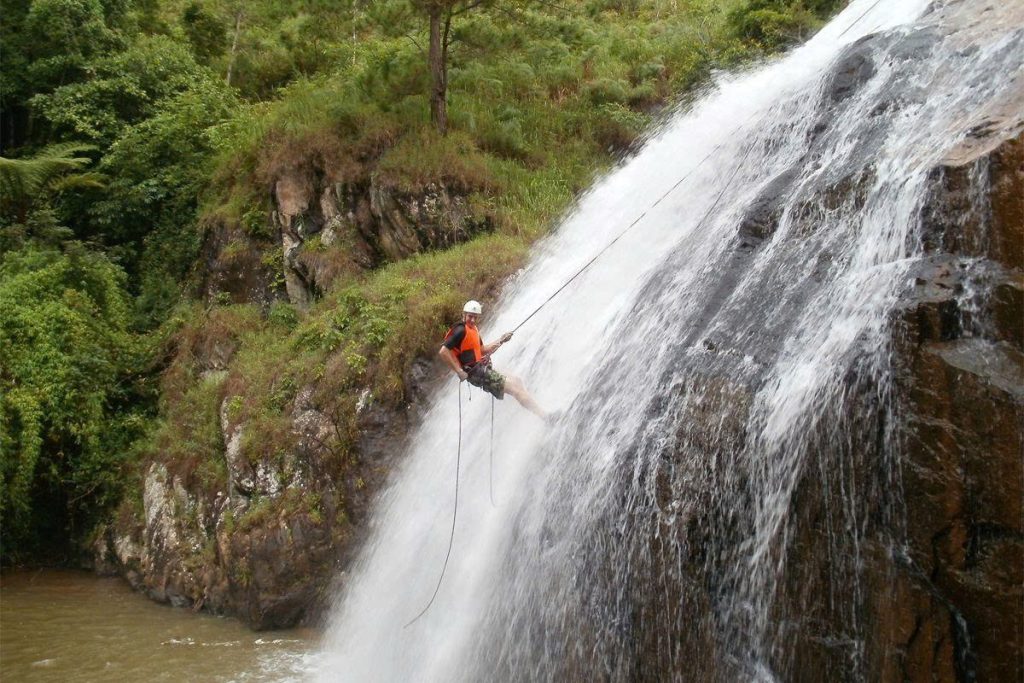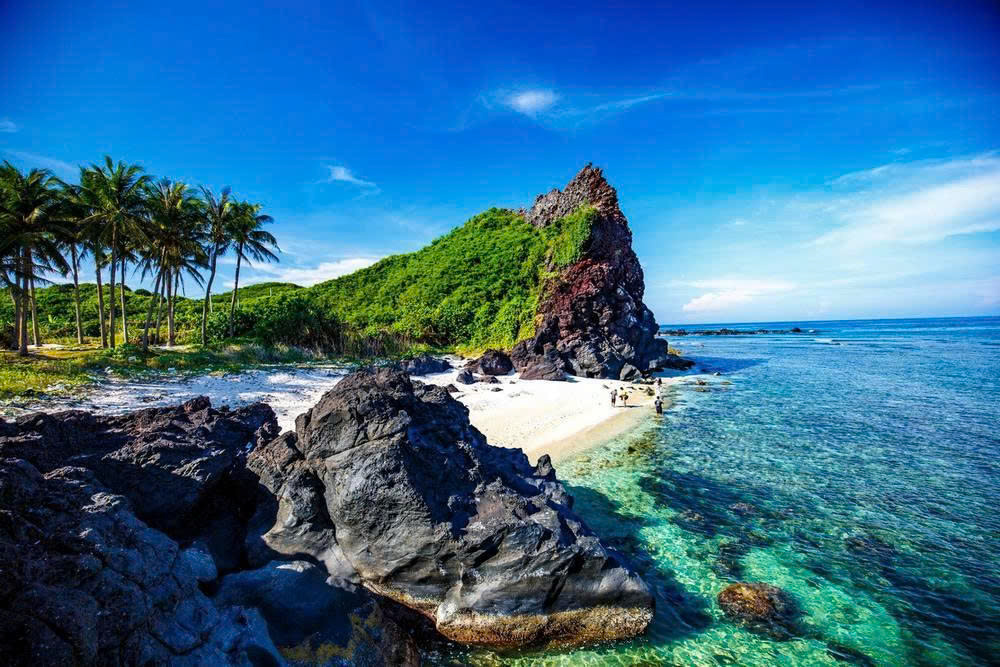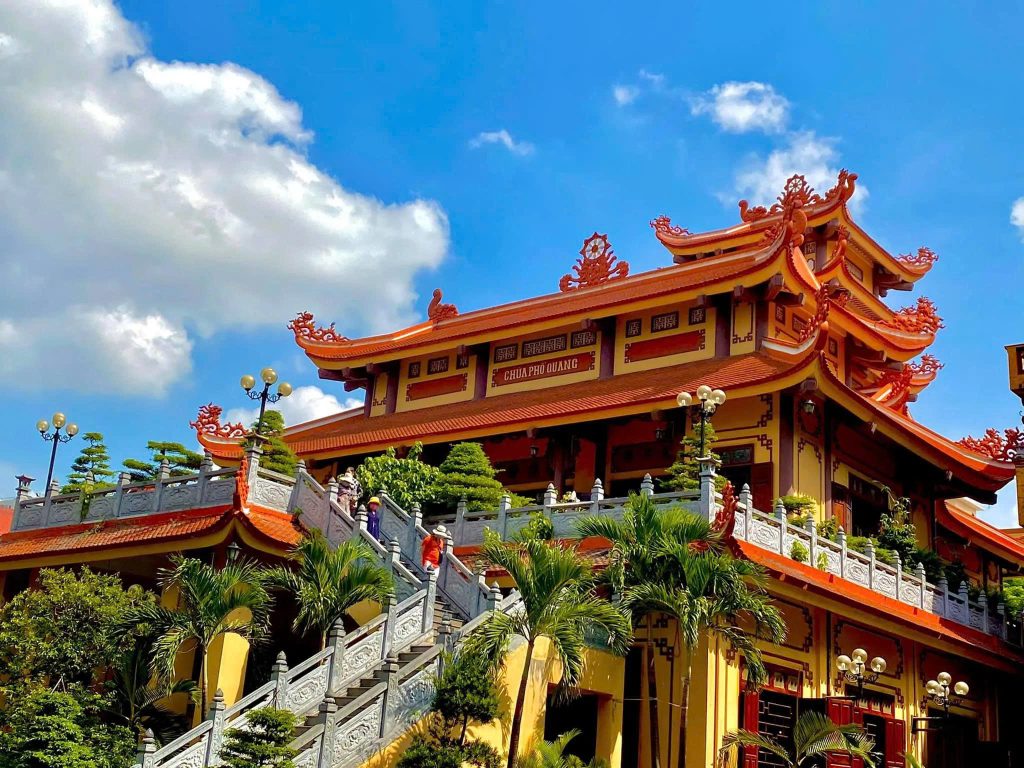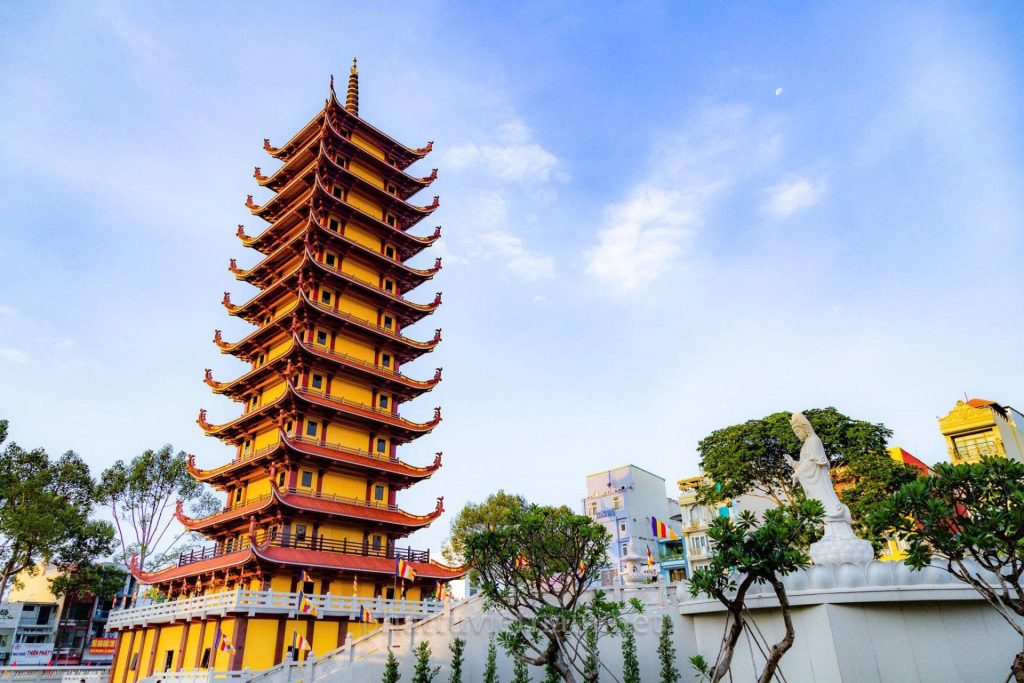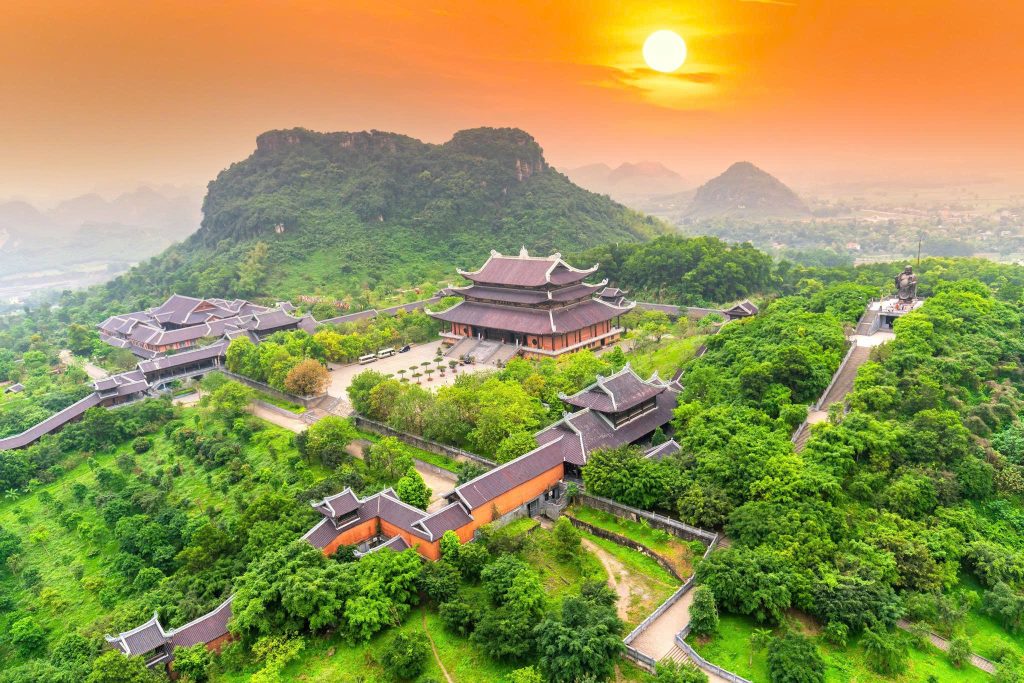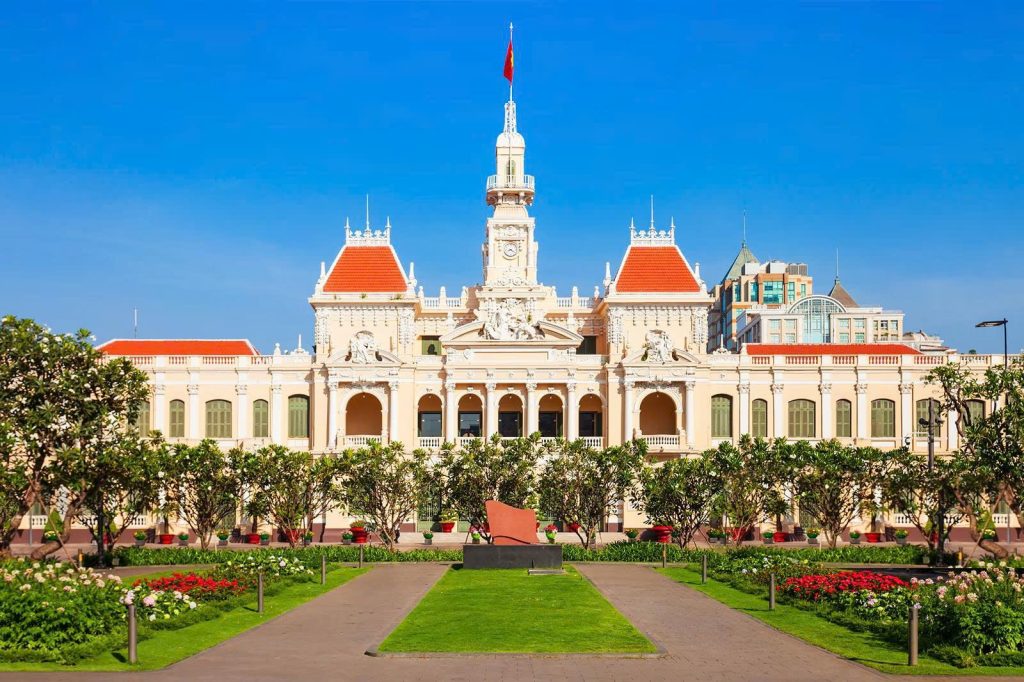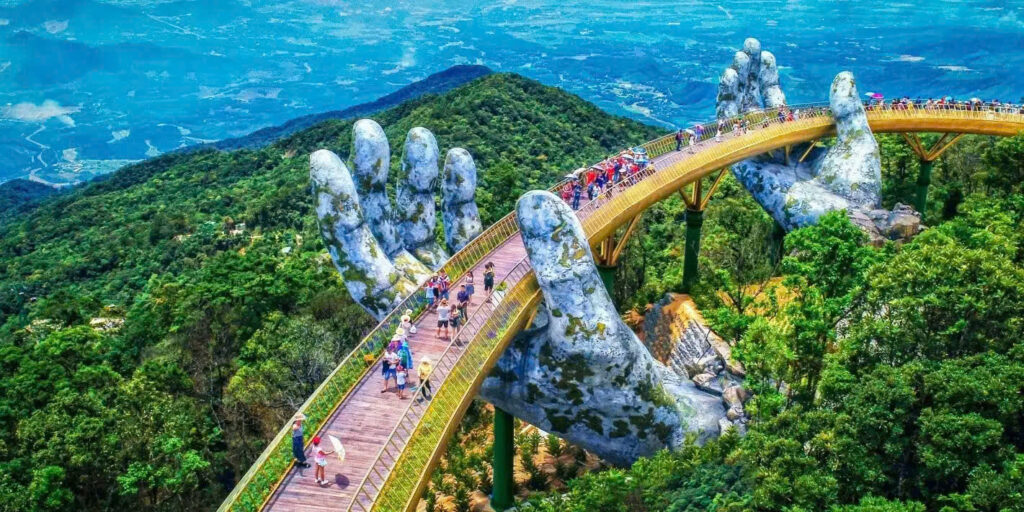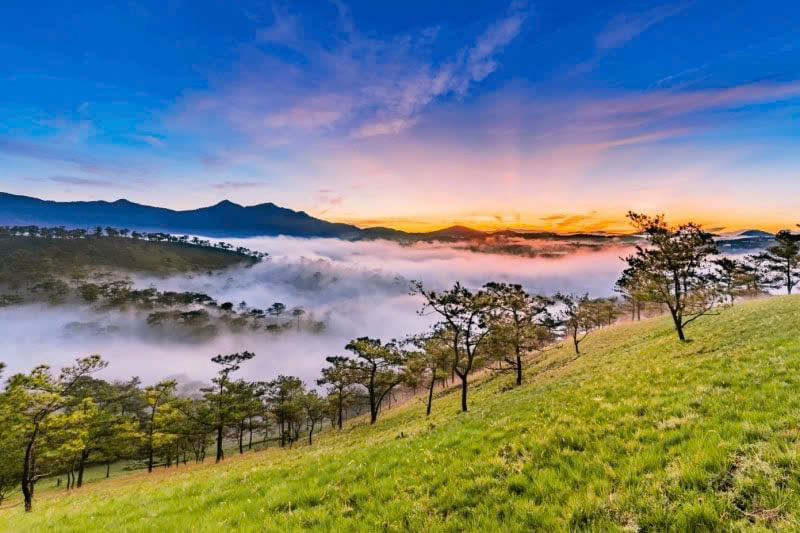Ha Giang, a province in Vietnam’s far north, is an awe-inspiring landscape of towering limestone karsts, winding mountain passes, and vibrant ethnic minority cultures. Often hailed as the most spectacular region in Vietnam for adventure seekers, it’s home to the legendary Ha Giang Loop, a motorbike journey that promises unparalleled thrills and breathtaking vistas.
If you’re wondering about the things to do in Ha Giang, prepare to be captivated. This guide helps you discover the region’s best attractions and unique experiences, ensuring you maximize your adventure in this amazing part of Vietnam.
Why Ha Giang is a Must-Visit for Every Adventurer
Ha Giang offers a captivating blend of stunning natural scenery and deep cultural heritage. It’s a place to push your boundaries, immerse yourself in authentic local life, and witness landscapes that will leave you speechless. From navigating the famous mountain passes to discovering ancient traditions, Ha Giang offers an immersive journey unlike any other.
The Legendary Ha Giang Loop: An Epic Motorbike Adventure
The Ha Giang Loop is the quintessential experience for most visitors, a multi-day motorbike journey through some of Vietnam’s most challenging yet rewarding terrain.
1. Starting the Ha Giang Loop: Ha Giang City
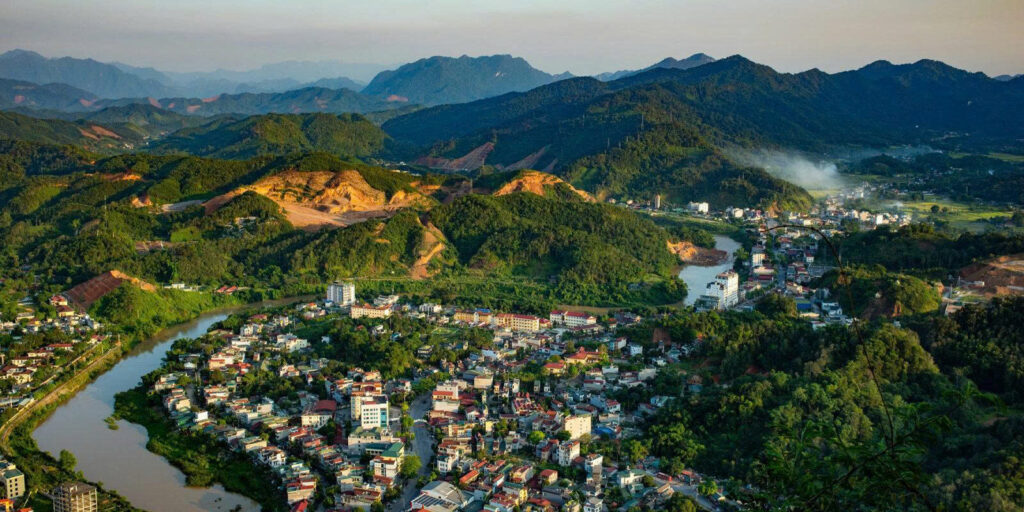
Your adventure often begins in Ha Giang City, the provincial capital. Here, you’ll finalize your motorbike rental, sort out any necessary permits, and mentally prepare for the incredible journey ahead. Don’t forget to snap a photo at the Km0 milestone monument, marking the starting point of your epic ride.
2. Quan Ba Heaven’s Gate & Twin Mountains

As you head north from Ha Giang City, your first major stop will likely be Quan Ba Pass, famously known as Heaven’s Gate. From here, you’ll get a stunning panoramic view of the Quan Ba Twin Mountains, also known as “Fairy Bosom” mountains, due to their unique, rounded shape and the local legends surrounding them. It’s a perfect spot for your first scenic photos.
3. Riding Through Yen Minh Pine Forest
Continuing your journey, you’ll pass through the serene Yen Minh Pine Forest, offering a refreshing change of scenery with its tall, straight pines lining the winding roads. It’s a beautiful stretch for a leisurely ride and a few photo stops.
4. Dong Van Karst Plateau Geopark
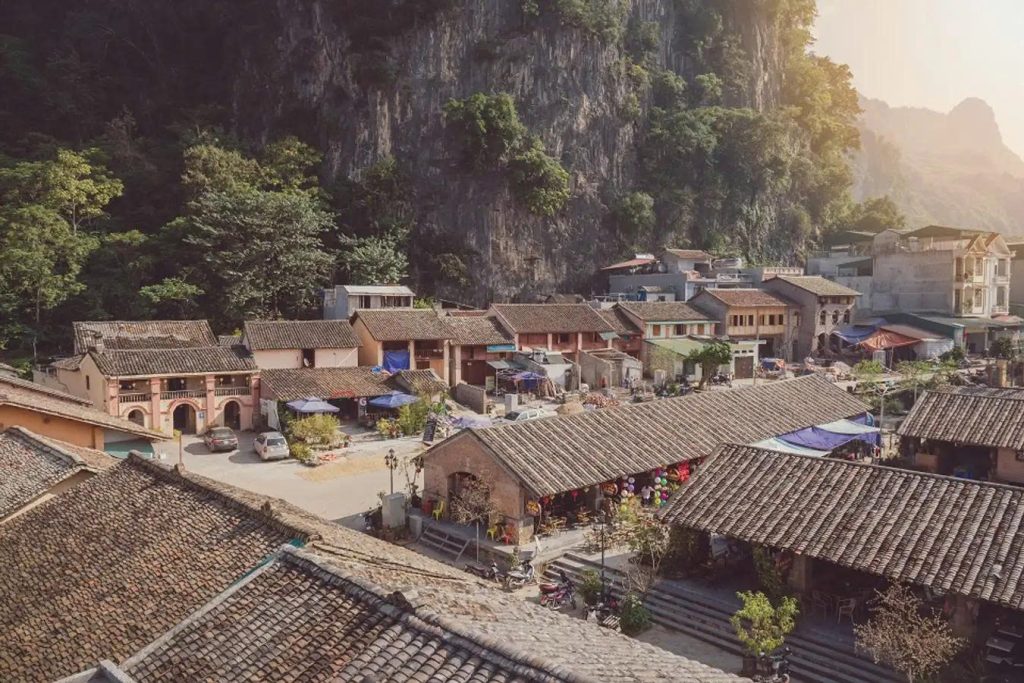
The heart of the Ha Giang Loop lies within the Dong Van Karst Plateau Geopark, a UNESCO Global Geopark recognized for its remarkable geological formations and rich biodiversity. This vast area is dominated by jagged limestone peaks, deep canyons, and terraced fields.
- Exploring Dong Van Old Quarter: Step back in time in Dong Van Old Quarter, a charming area with ancient houses built from mud bricks and rocks. It’s a great place to stay overnight, explore the historic architecture, and soak in the atmosphere.
- Dong Van Market Day (Sunday Market): If your trip aligns, don’t miss the vibrant Dong Van Sunday Market. This lively event sees various ethnic groups (like H’Mong, Dao, Tay) from surrounding villages gathering to trade goods, socialize, and share meals. It’s a colorful and authentic cultural experience.
5. Conquering Ma Pi Leng Pass: The King of Passes

Widely regarded as one of Vietnam’s four greatest mountain passes, Ma Pi Leng Pass is the absolute highlight of the Ha Giang Loop. Carved into the sheer cliffs, the road offers dizzying, breathtaking views of the dramatic landscape below.
- Breathtaking Views & Nho Que River: From the viewpoint, you’ll gaze down into the mighty Nho Que River, a turquoise ribbon winding through the towering Tu San Canyon, one of the deepest in Southeast Asia. The scale of the landscape here is truly humbling.
- Boat Trip on Nho Que River: For a truly memorable view, go down to the canyon floor and enjoy a boat ride on the Nho Que River. Gliding through the emerald waters with the immense cliffs towering above you is an experience you won’t soon forget.
6. Reaching Lung Cu Flag Tower: Northernmost Point of Vietnam
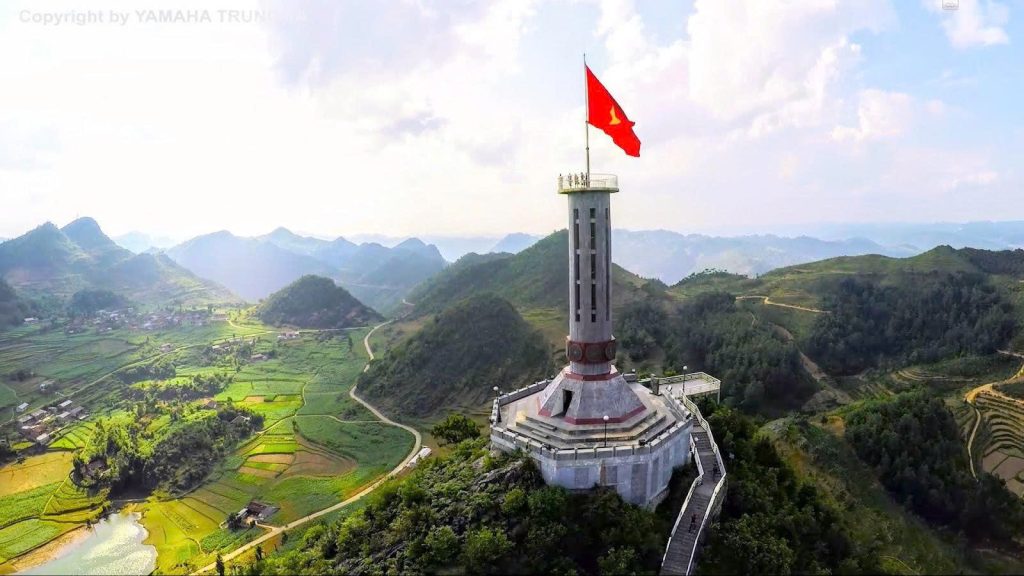
A detour from the main loop, but well worth it, is the Lung Cu Flag Tower. Standing proudly at Vietnam’s northernmost point, ascending the tower offers a symbolic experience and incredible panoramic views across rolling hills and ethnic villages right up to the Chinese border. You can also visit nearby ethnic villages like Lo Lo Chai to learn about the distinct Lo Lo minority culture.
7. Visiting the Vuong Family Mansion (King Meo Palace)
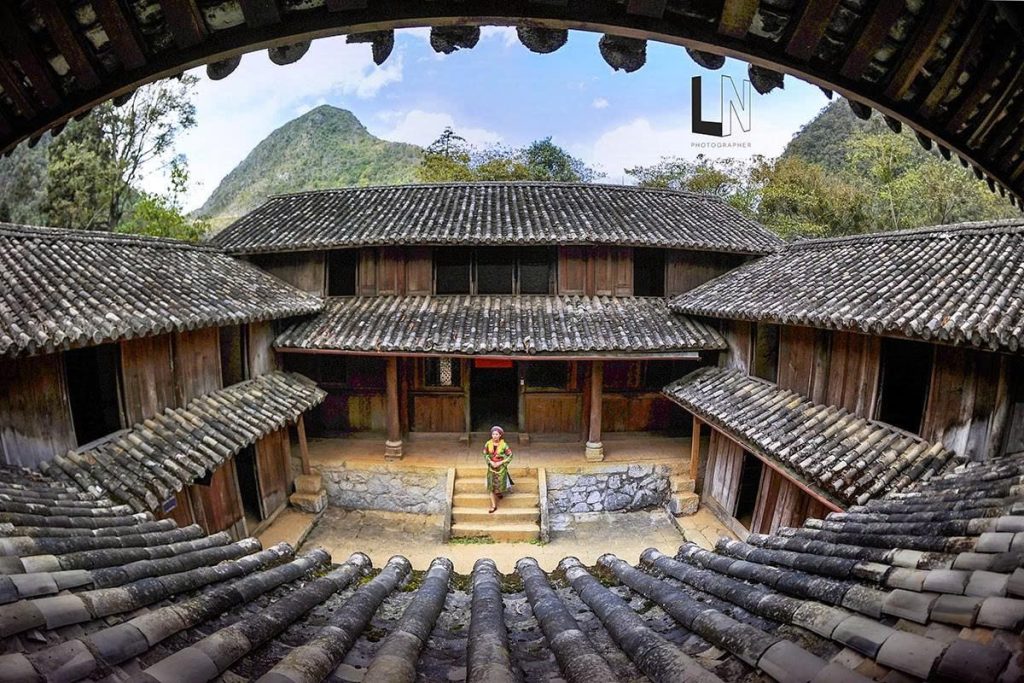
Located en route to Dong Van, the Vuong Family Mansion (often called King Meo Palace) is a significant historical site. This impressive complex, built in the early 20th century by a wealthy H’Mong family, showcases a unique blend of H’Mong, French, and Chinese architectural styles. It offers fascinating insight into the region’s past.
Immerse in Ha Giang’s Rich Ethnic Culture & Local Life
Beyond the stunning scenery, Ha Giang’s soul lies in its vibrant ethnic minority communities.
8. Trekking and Homestays in Ethnic Villages
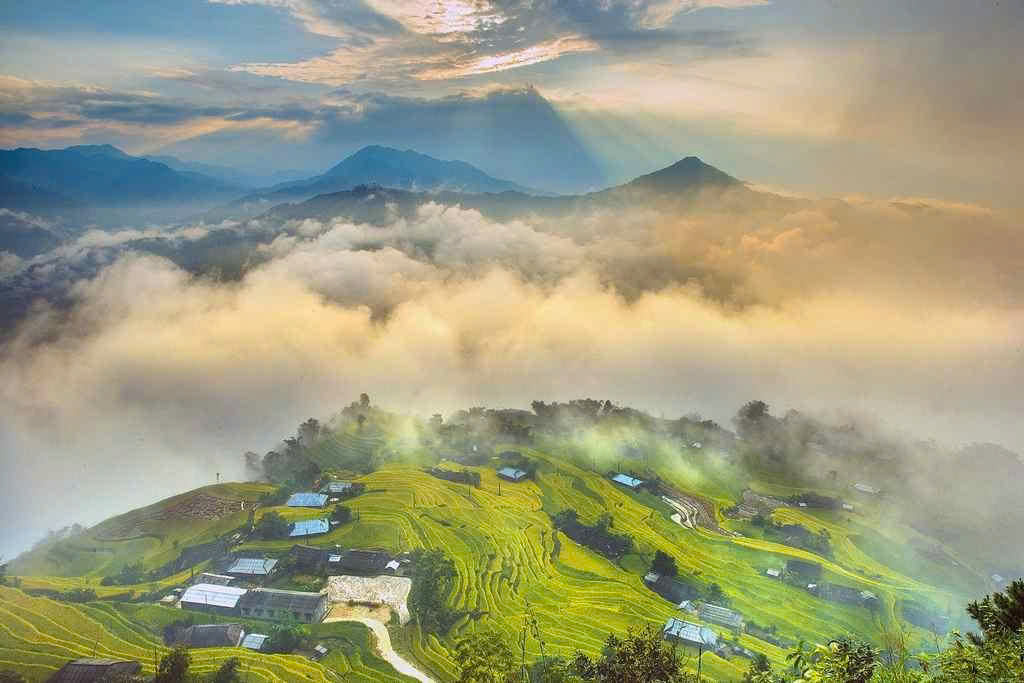
For an authentic cultural immersion, opt for trekking through the rice paddies and cornfields to reach remote ethnic villages. Many offer homestay experiences, allowing you to live with a local family, share their meals, and learn about their traditions firsthand. Popular villages for homestays include Du Gia, Nam Dam, and those nestled in the Dong Van Karst Plateau.
9. Discovering Buckwheat Flower Fields (Hoa Tam Giac Mach)

If you visit between late October and November, you’ll be treated to a spectacular sight: vast fields of vibrant pink and white buckwheat flowers (hoa tam giac mach). These iconic blossoms blanket the hillsides around Dong Van, Lung Cu, and Meo Vac, creating stunning photo opportunities.
10. Trying Ha Giang’s Unique Local Cuisine
Ha Giang’s cuisine is hearty and reflects its mountainous environment. Don’t leave without sampling some local delights:
- Thang Co: A traditional stew, often made from horse meat, with a unique blend of local herbs and spices. It’s a staple at local markets.
- Corn Wine: A strong, aromatic wine made from corn, a local specialty often offered during homestays.
- Phở Chua (Sour Pho): A refreshing pho dish with a tangy broth, unique to this region.
- Xoi Ngu Sac (Five-Colored Sticky Rice): Beautiful and flavorful sticky rice, naturally dyed with local plants.
Essential Tips for Your Ha Giang Trip: Planning & Logistics

To ensure your Ha Giang adventure is smooth and memorable, keep these tips in mind:
Best Time to Visit Ha Giang
- September to November: Often considered the ideal time, with clear skies, comfortable temperatures, and the golden hues of ripening rice (Sept-Oct) or the blooming buckwheat flowers (late Oct-Nov).
- March to May: Pleasant weather for riding and trekking, with blooming wildflowers.
- December to February: Cold, potentially foggy or even frosty, offering a mystical atmosphere but requiring warm gear.
How to Get to Ha Giang (From Hanoi)
- By Sleeper Bus: The most common and direct way. Comfortable overnight sleeper buses depart regularly from Hanoi to Ha Giang City.
- By Private Car/Taxi: Offers flexibility and comfort, ideal for groups or those not planning to ride a motorbike themselves.
- By Motorbike: For the truly adventurous. Ensure you have significant riding experience and a valid international driving permit.
Where to Stay in Ha Giang
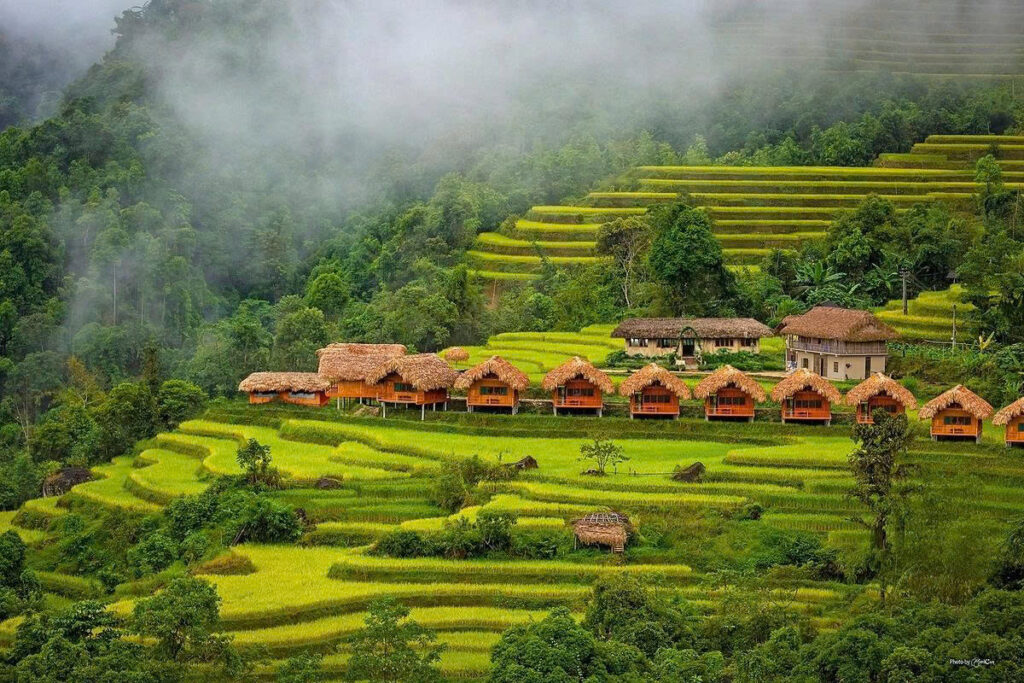
You’ll find accommodations ranging from basic guesthouses in Ha Giang City to charming homestays in ethnic villages along the Loop (like in Dong Van, Meo Vac, or Du Gia), and a growing number of more comfortable hotels.
Essential Ha Giang Travel Tips
- What to Pack: Layers of warm clothing (especially for evenings), waterproofs, comfortable walking/hiking shoes, sun protection, insect repellent, and basic medical supplies. A good quality helmet is crucial for motorbike riders.
- Motorbike Safety: If riding yourself, ensure the bike is in excellent condition, drive slowly, and be aware of challenging terrain, unpredictable weather, and local traffic. Consider hiring an “easy rider” (a local guide who drives for you) for a safer and more immersive experience.
- Local Etiquette and Respecting Ethnic Culture: Dress modestly, especially when visiting villages. Always ask for permission before taking photos of people. Support local communities by purchasing handicrafts or staying at homestays.
- Permits: A valid Vietnamese driving license (or international driving permit accepted in Vietnam) is essential if you ride a motorbike.
- Cash is King: While ATMs are available in larger towns like Ha Giang City, Dong Van, and Meo Vac, carry sufficient cash for smaller purchases, food, and accommodation in more remote villages.
RELATED: Ha Giang Loop Itinerary 3 Days 2 Nights: Your Epic Adventure Guide
Ha Giang is more than just a destination; it’s an adventure for the soul. The things to do in Ha Giang offer a profound connection with Vietnam’s most rugged and spectacular landscapes, coupled with intimate encounters with its resilient and welcoming people. Whether you’re navigating the dizzying heights of Ma Pi Leng Pass or sharing a meal with a H’Mong family, Ha Giang promises an epic journey that will undoubtedly leave an indelible mark on your memory. Start planning your incredible northern Vietnam adventure today!
- Vietnam Weather by Region Month by Month: Trip Planning Guide
- Brace Position: How to Minimize Injury During an Aircraft Emergency
- Eco-Friendly Resorts in Sapa: Discover Your Green Getaway
- Vietnam Cultural Festivals: A Celebration of Traditions and Heritage
- 20 Best Things to Do in Luang Prabang, Laos: The Ultimate Guide

